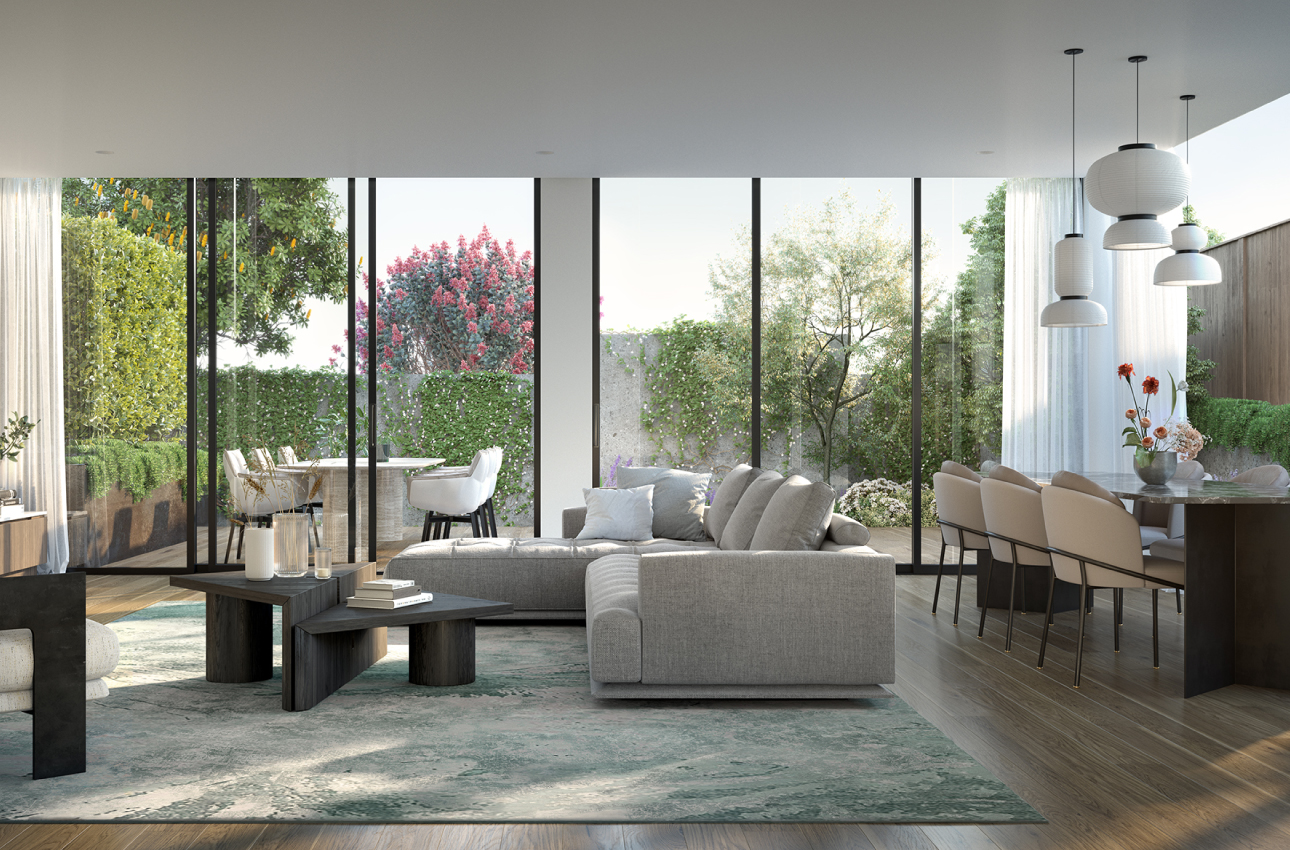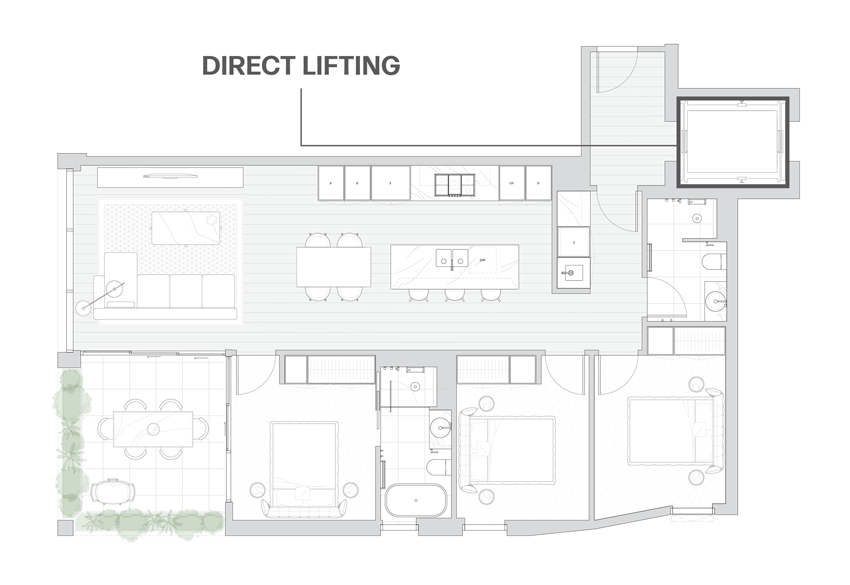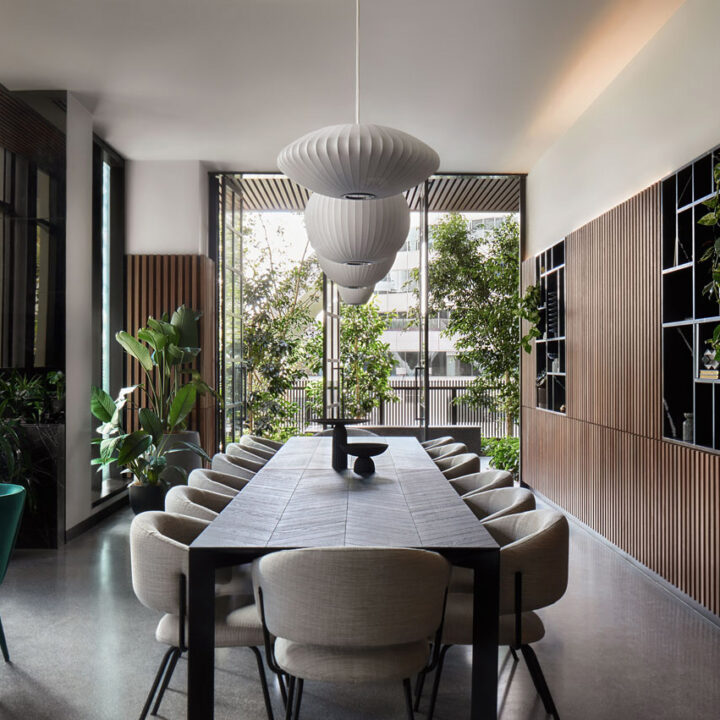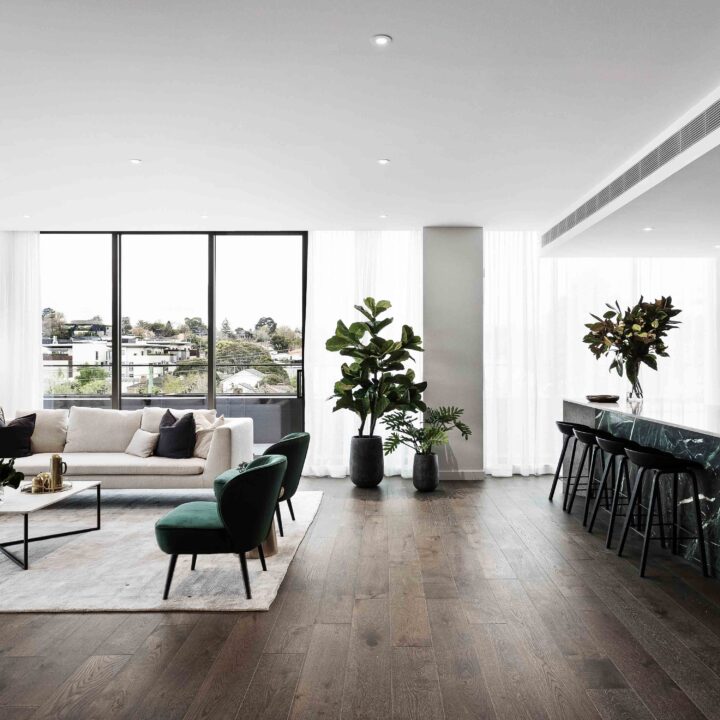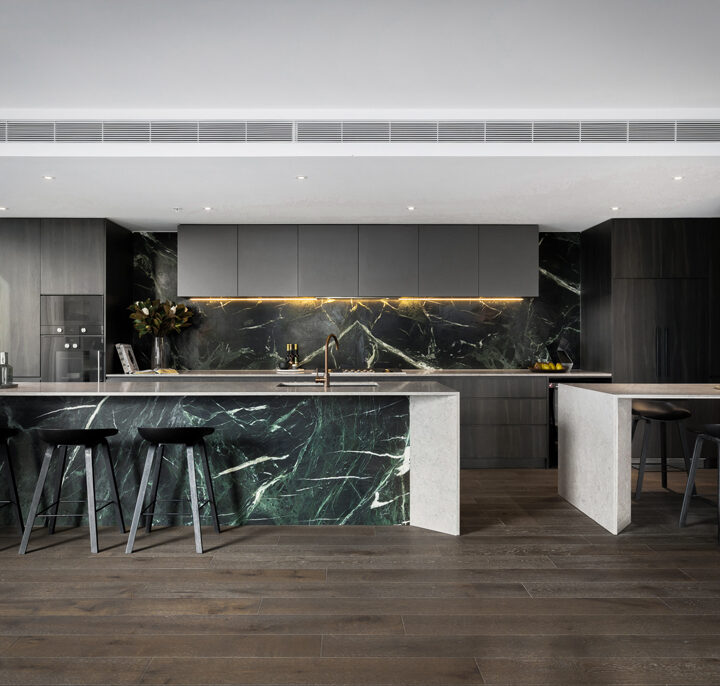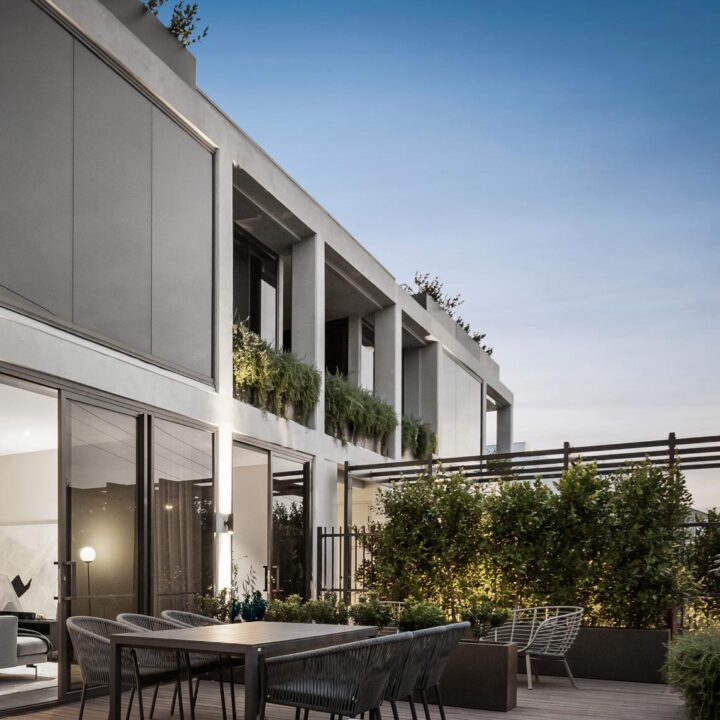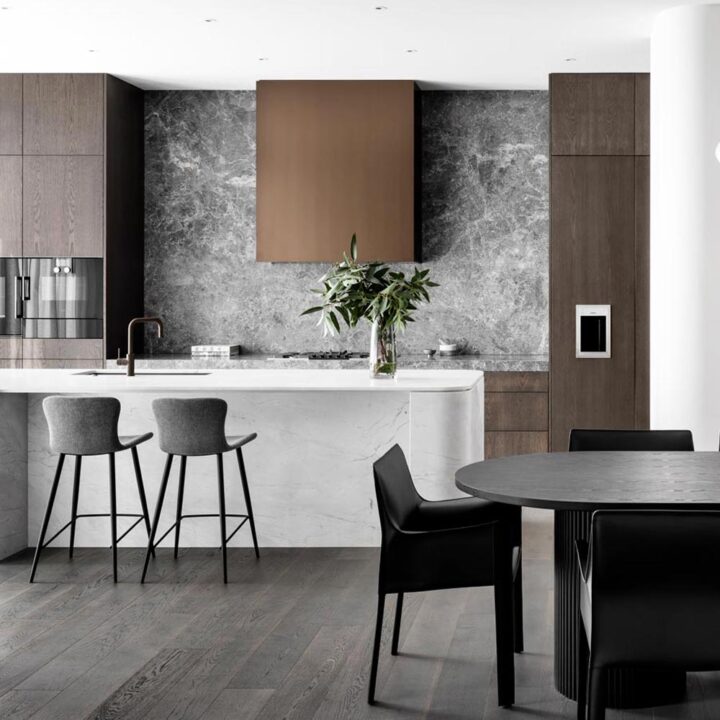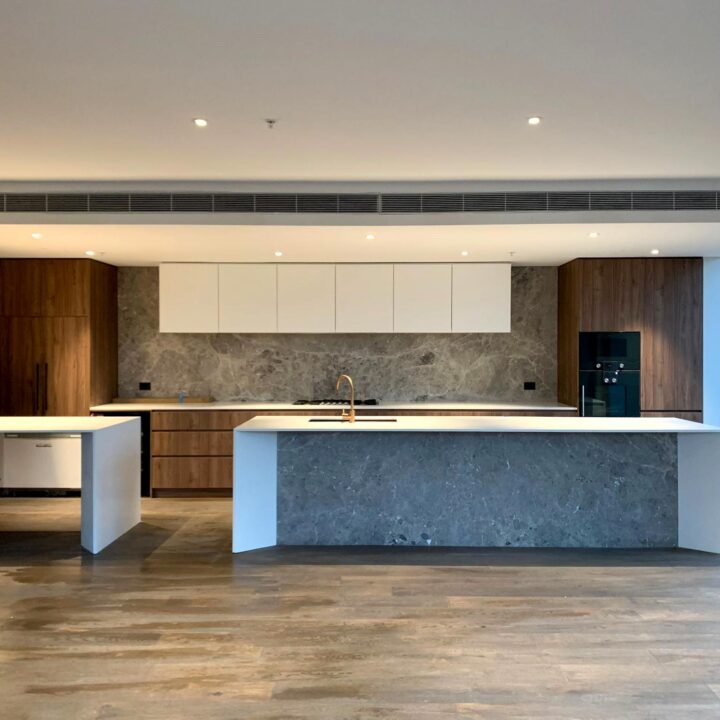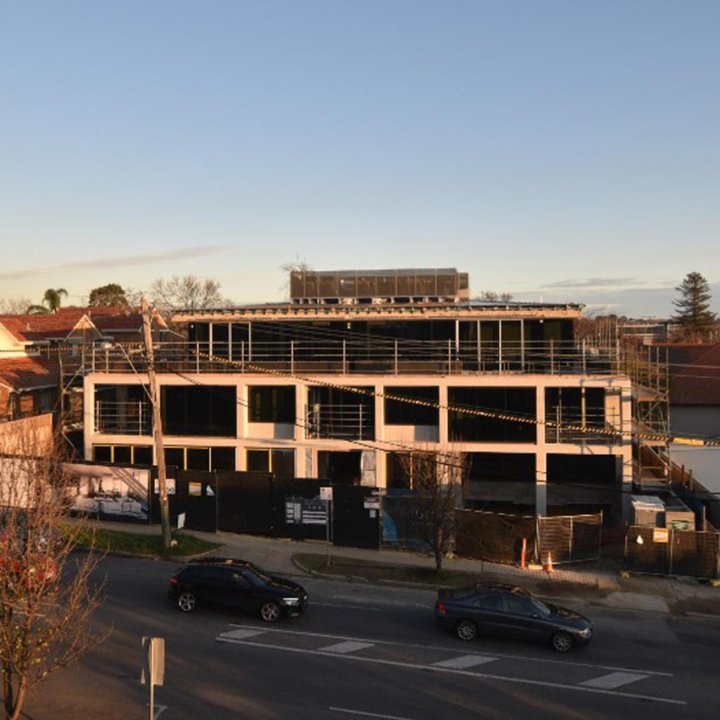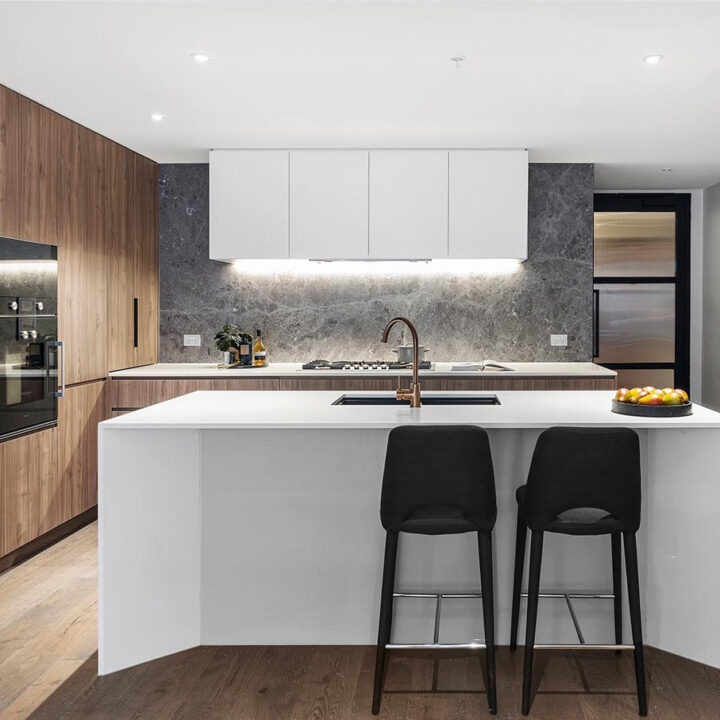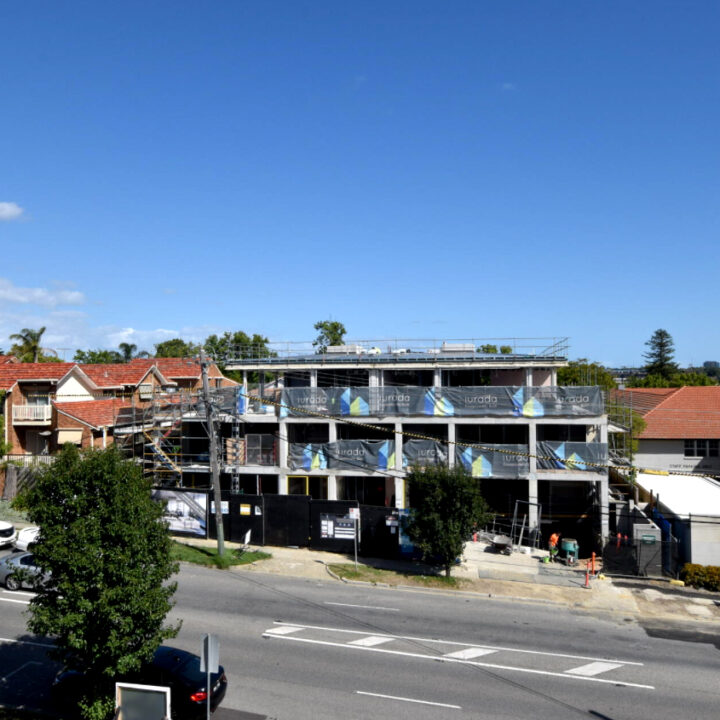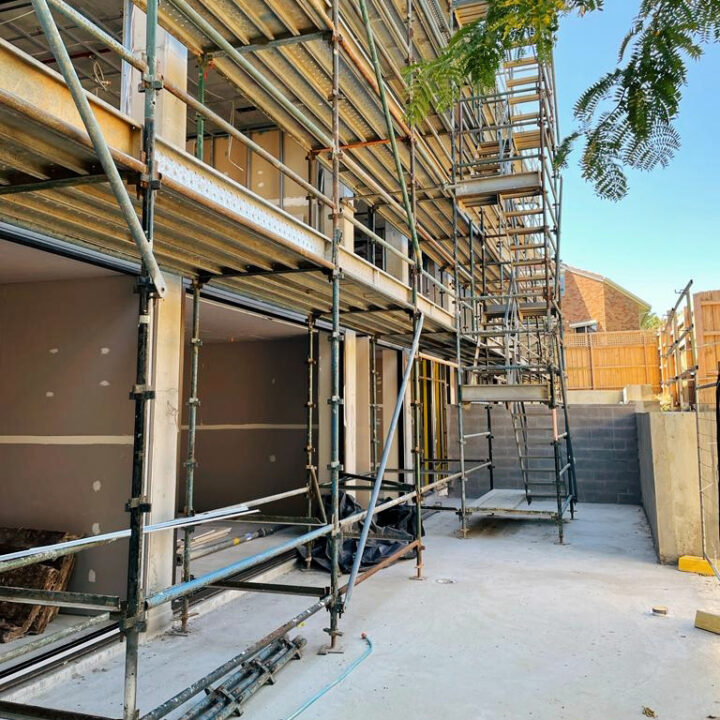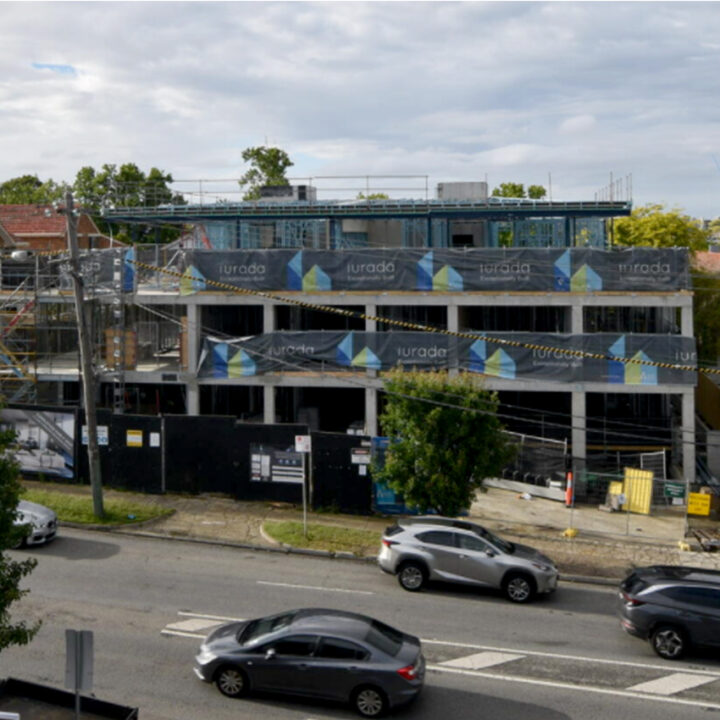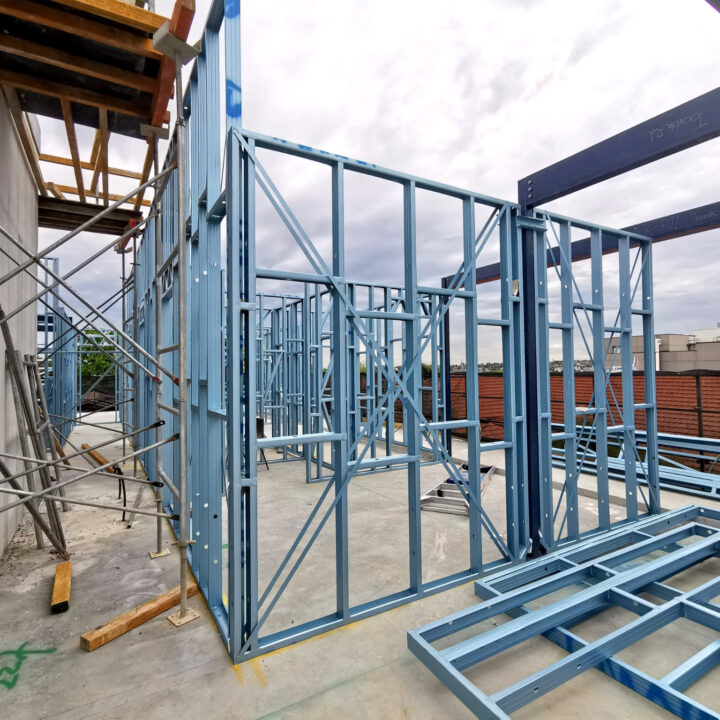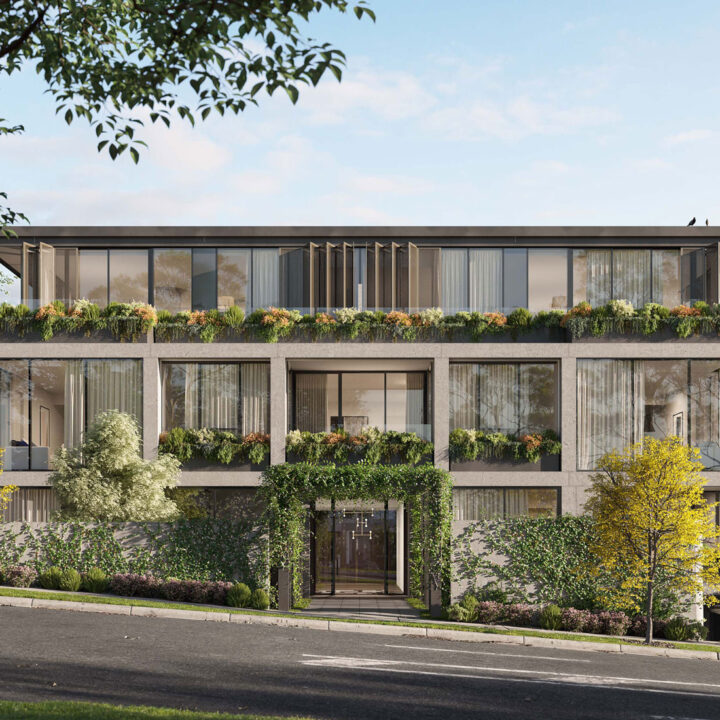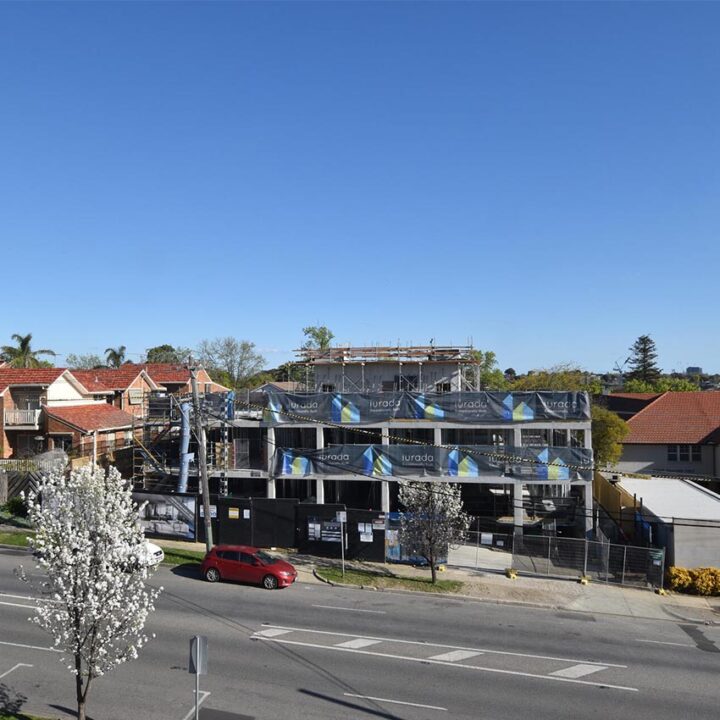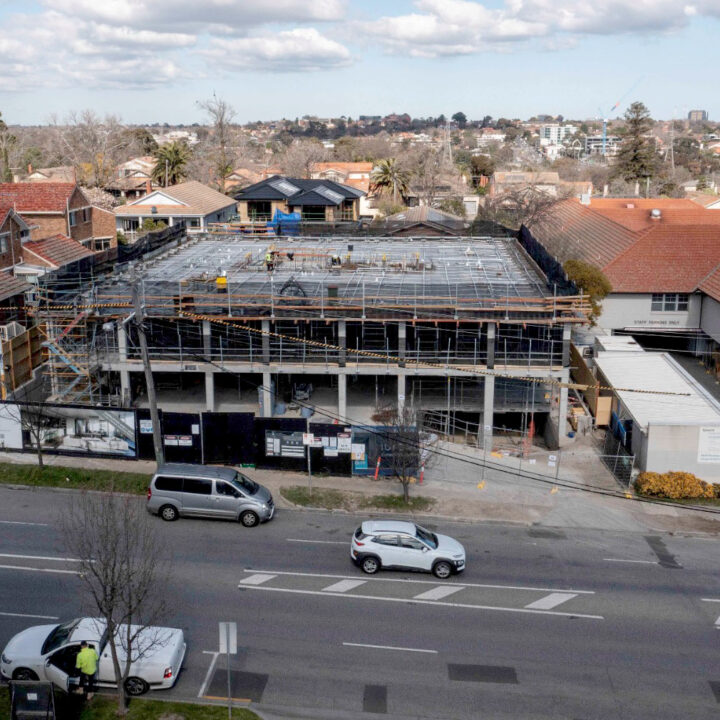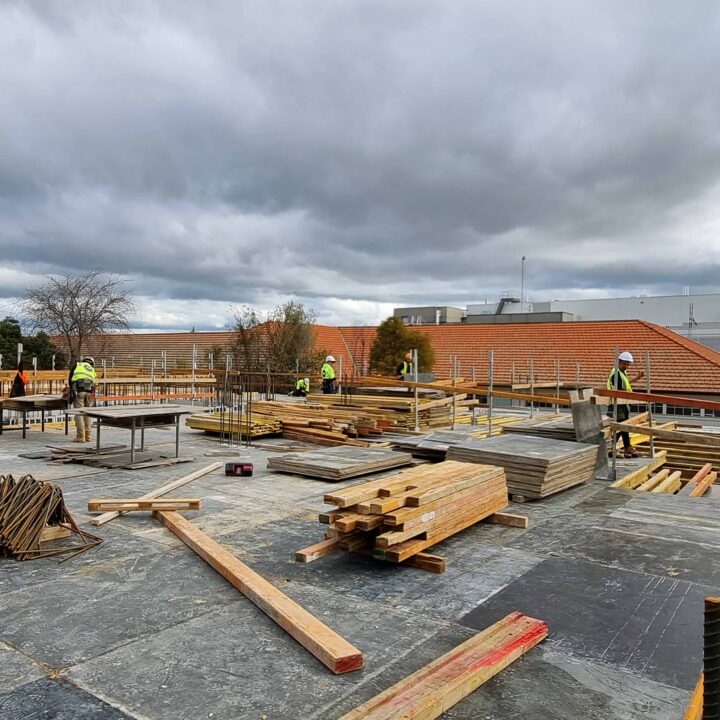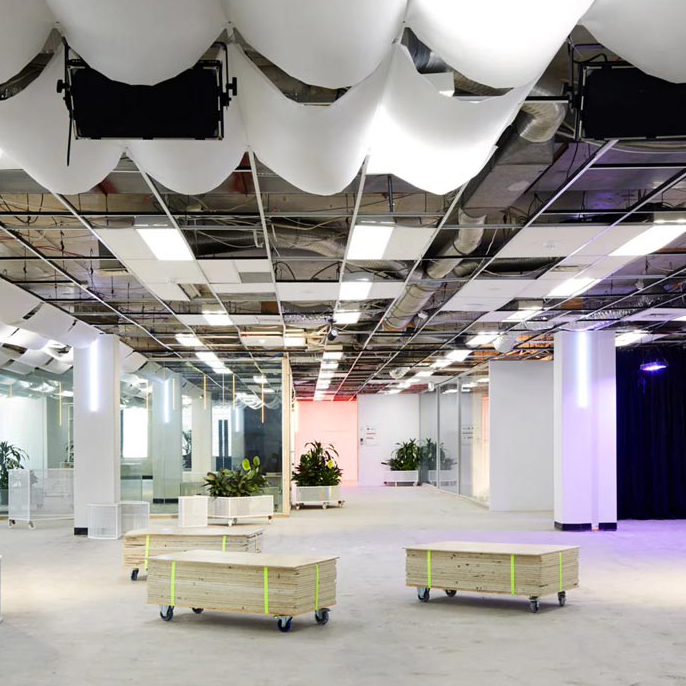Do you feel safe at home?
With many of us staying home to help reduce the spread of COVID-19 within our community, the impact of our home environment on us has never been more crucial. While we previously showed the impacts of the home on our physical health and our mental work capacity, there’s another aspect that needs mentioning – the emotional impact.
In recent years, the Danish concept Hygge has entered mainstream media. Commonly used to describe home cosiness, this concept was widely adopted as a way to relax and improve mental wellbeing from the comforts of our own home. However, there’s more than cosiness that helps a person feel good at home.

